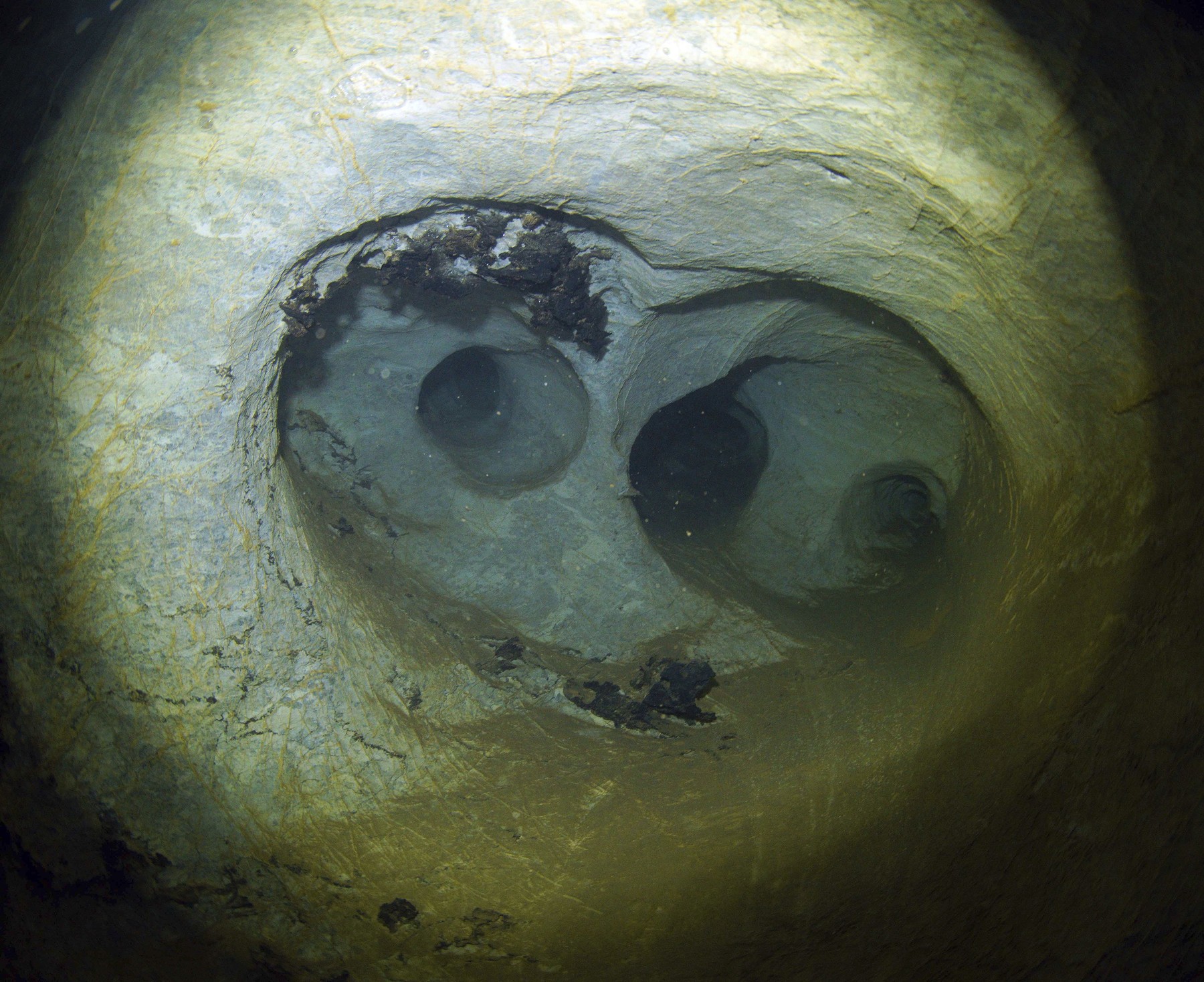According to a recently published study by the International Institute for Applied Systems Analysis (IIASA), gravitational energy storage systems built in closed mines could serve the needs of the entire planet.
Anything heavy and moving can store gravitational energy. It can be solid or even water. The incoming energy is used to propel the mass to a greater height (pumped up or pulled up), giving its kinetic energy to use downward to drive a turbine or generator if needed.
Solar energy and wind energy are renewable energies that do not adapt to human needs, but to natural conditions. As a result, sometimes more energy is produced and sometimes less than is needed. The discrepancy between demand and production can be bridged with energy storage systems.
The big advantage of gravitational energy storage, compared to batteries, for example, is that it doesn’t require sophisticated technology and is capable of releasing an unchanged amount of energy over the long term.
According to IIASA researchers, there may be millions of unused mines on Earth that could be inexpensively converted to store gravitational energy. In facilities called UGES, locally available sand/soil/rock will be transported in silos to the surface and back.
The Austrian-based international organization noted that one advantage of the mines is that they already have basic electrical infrastructure in place. According to their estimates, the construction will require an investment of about two thousand dollars per kilowatt. The total global capacity of the technology is estimated at 7 to 70 TWh – most of this storage can be built in China, India, Russia and the United States.
Closing a mine involves laying off thousands of workers. This is a huge blow to local communities that depend on the economic performance of mining. UGES will create jobs and provide energy storage service after the mine is closed
– noted Julian Hunt, researcher in IIASA’s Energy, Climate, and Environment Program and lead author of the study.
Humanity’s global energy consumption was 24,901 terawatts in 2020, which is 68 terawatts per day. According to recent studies conducted by organizations dealing with renewable energy, in the field of energy storage, not only gravity solutions, but also large total battery capacity of electric vehicles can solve the fluctuation of renewable energy production in the short term. his problem.
(IIASAAnd International Energy Agency)
(Cover Photo: The six Arbedo-Castione gravity energy storage 80-megawatt-hour cranes lift 35-ton concrete blocks to a height of 110 metres. photo: wikipedia)









































